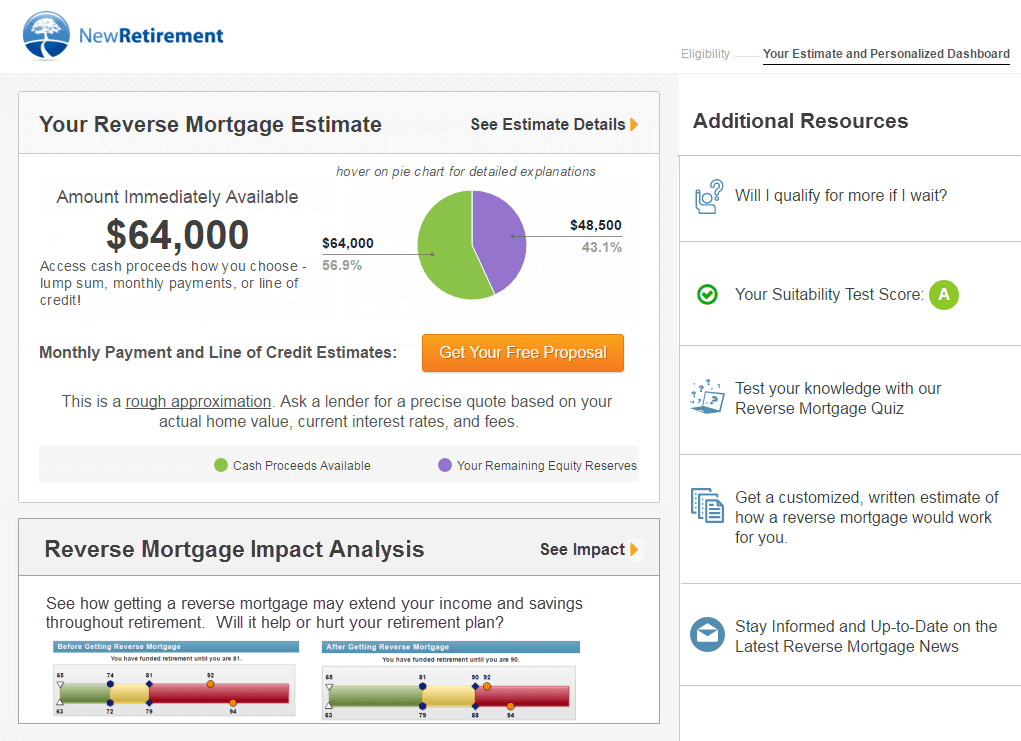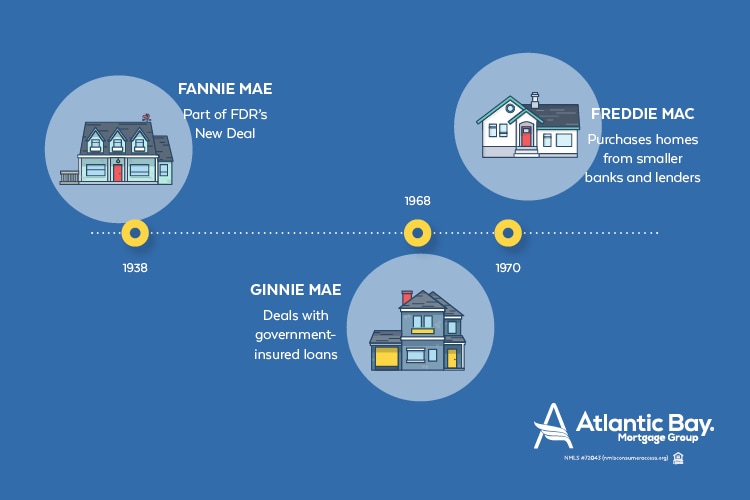Let's state that there is a home that I like, let's state that that is your house that I want to purchase. It has a cost of, let's say that I require to pay $500,000 to purchase that home, this is the seller of your home right here.
I would like to purchase it. I would like to buy the house. This is me right here. And I have actually been able to save up $125,000. I have actually been able to conserve up $125,000 but I would truly like to live in that house so I go to a bank, I go to a bank, get a brand-new color for the bank, so that is the bank right there.
Bank, can you lend me the remainder of the amount I require for that house, which is basically $375,000. I'm putting 25 percent down, this right, this right, this number right here, that is 25 percent of $500,000. So, I ask the bank, can I have a loan for the balance? Can I have a $375,000 loan? And the bank says, sure, you appear like, uh, uh, a good person with a good task who has a good credit score.
We have to have that title of your home and once you settle the loan we're going to provide you the title of your house. So what's going to take place here is we're going to have the loan is going to go to me, so it's $375,000, $375,000 loan.
The 20-Second Trick For What Are Reverse Mortgages And How Do They Work

But the title of the house, the document that says who really owns the home, so this is the house title, this is the title of your house, home, house title. It will not go to me. It will go to the bank, the house title will go from the seller, perhaps even the seller's bank, possibly they have not settled their home mortgage, it will go to the bank that I'm obtaining from.
So, this is the security right here. That is technically what a home mortgage is. This vowing of the title for, as the, as the security for the loan, that's what a home loan is. how reverse mortgages work. And really it comes from old French, mort, implies dead, dead, and the gage, indicates pledge, I'm, I'm a hundred percent sure I'm mispronouncing it, but it originates from dead promise.
When I settle the loan this promise of the title to the bank will pass away, it'll return to me. And that's why it's called a dead pledge or a home mortgage. And probably because it comes from old French is the reason we don't say mort gage. We say, home mortgage.
They're really referring to the home mortgage, home mortgage, the home loan. And what I wish to carry out in the rest of this video is utilize a little screenshot More helpful hints from a spreadsheet I made to really reveal you the math or really show you what your mortgage payment is going to. And you can download, you can download this spreadsheet at Khan Academy, khanacademy.org/downloads, downloads, slash mortgage calculator, mortgage, or in fact, even better, just go to the download, just go to the downloads, downloads, uh, folder on your web browser, you'll see a bunch of files and it'll be the file called mortgage calculator, home loan calculator, calculator dot XLSX.
The 25-Second Trick For How Do Second Mortgages Work In Ontario
But just go to this URL and then you'll see all of the files there and after that you can simply download this file if you want to have fun with it. But what it does here remains in this kind of dark brown color, these are the assumptions that you might input and that you can change these cells in your spreadsheet without breaking the entire spreadsheet.
I'm buying a $500,000 home. It's a 25 percent deposit, so that's the $125,000 that I had saved up, that I 'd discussed right over there. And after that the, uh, loan amount, well, I have the $125,000, I'm going to have to borrow $375,000. It determines it for us and after that I'm going to get a quite plain vanilla loan.
So, 30 years, it's going to be a 30-year set rate home mortgage, repaired rate, fixed rate, which indicates the interest rate won't alter. We'll discuss that in a bit. This 5.5 percent that I am paying on my, on the cash that I obtained will not alter over the course of the 30 years.

Now, this little tax rate that I have here, this is to in fact figure out, what is the tax savings of the interest deduction on my loan? And we'll talk about that in a 2nd, we can ignore it in the meantime. And then these other things that aren't in brown, you should not mess with these if you in fact do open up this spreadsheet yourself - how do reverse mortgages really work.
The How Do Reverse Mortgages Work After Death Statements
So, it's actually the annual interest rate, 5.5 percent, divided by 12 and the majority of mortgage are compounded on a month-to-month basis. So, at the end of on a monthly basis they see just how much cash you owe and then they will charge you this xm cancellation number much interest on that for the month.
It's really a pretty interesting problem. But for a $500,000 loan, well, a $500,000 house, a $375,000 loan over thirty years at a 5.5 percent rates of interest. My mortgage payment is going to be approximately $2,100. Now, right when I purchased the home I want to present a bit of vocabulary and we have actually talked about this in a few of the other videos.
And we're assuming that it deserves $500,000. We are assuming that it's worth $500,000. That is a possession. It's a possession since it provides you future benefit, the future advantage of being able to live in it. Now, there's a liability versus that possession, that's the home loan, that's the $375,000 liability, $375,000 loan or debt.
If this was all of your assets and this is all of your debt and if you were essentially to sell the possessions and settle the financial obligation. how do escrow accounts work for mortgages. If you offer your home you 'd get the title, you can get the cash and then you pay it back to the bank.
Facts About How Do Mortgages Work For First Time Buyers Bank Of America Uncovered
However if you were to relax this transaction immediately after doing it then you would have, you would have a $500,000 house, you 'd pay off your $375,000 in financial obligation and you would get in your pocket $125,000, which is exactly what your original deposit was but this is your equity.
However you might not assume it's consistent and have fun with the spreadsheet a little bit. But I, what I would, I'm presenting this due to the fact that as we pay for the financial obligation this number is going to get smaller. So, this number is getting smaller, let's state at some point this is only $300,000, then my equity is going to get larger.
Now, what I have actually done here is, well, really prior to I get to the chart, let me in fact reveal you how I calculate the chart and I do this over the course of thirty years and it passes month. So, so you can envision that there's actually 360 rows here on the actual spreadsheet and you'll see that if you go and open it up.